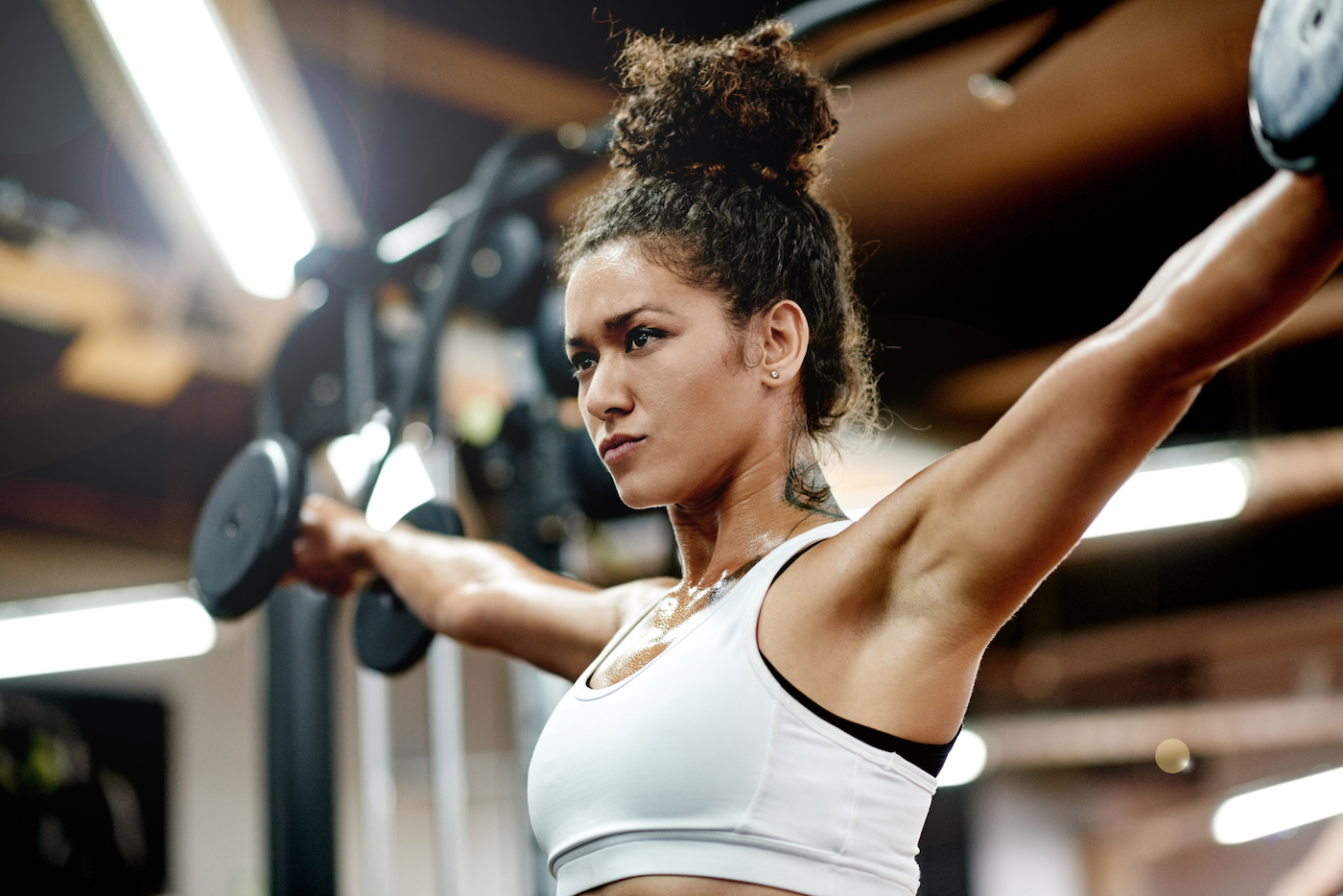
March 05, 2020 at 02:00AM by CWC
We know that using weights in your strength training routine helps to build muscle, boost metabolism, and make it easier to progress in your workouts. While bodyweight training is great, using weights adds extra resistance and is more impactful at making you stronger.
“It’s so important to add weights into your workout routine to keep building muscle, regardless of your fitness goals,” says Sarah Brannon, Openfit Live trainer. But before you hit the weight rack, Brannon stresses that working out with weights isn’t just about curling dumbbells up and down. There are certain factors that you should pay attention to so that your workout is truly benefitting your overall strength (and even your overall mobility). Keep scrolling for the three elements of weight training that she recommends you touch on in each exercise session, which will result in a more efficient and effective workout.
The three key weight-training tips to know
1. Work in all planes of motion: As we know, we don’t live our lives in just one plane of motion—and our workouts should follow suit. Multiplanar training is recommended by trainers since it gets your body moving in all different planes, which gives you more functional strength (aka strength that improves your mobility in the movements of your everyday life).
“Our workouts need to be functional and mimic movements we would do in life, which is something we do by incorporating movements in all three planes: transverse, sagittal, and frontal,” says Brennan. Transverse means your body is cut into top and bottom halves (think twisting motions); sagittal divides your body into right and left halves (moves that go forwards or backwards); and frontal is your body cut into front and back halves (side-to-side movements). Hit them all for a well-rounded workout.
ADVERTISEMENT
ADVERTISEMENTKate Spade Autumn/Winter Sale |
2. Focus on all movement patterns: Brennan notes that your weight training routine should touch on the primary movement patterns: squat, lunge, push, pull, hinge, twist, and gait. “This makes sure that you’re hitting all of your muscles so that your body is well-balanced,” she says. Use those staple exercises as a working guideline so you don’t over- or under-work one particular muscle group.
3. Decide on the sets and reps: The number of sets and reps you do in your workout—and the level of weights that you use—all depends on your fitness goals. “If you are trying to get stronger, you will want to lift heavier weights while doing less reps,” says Brennan. “If your goal is to build endurance, you will want to grab lighter weights and knock out more reps.” Whichever route you take, she says that it’s important to choose a weight that challenges you when completing all of your reps.
Try this full-body HIIT workout that uses weights for some sweaty inspo:
Be sure to do this weightlifting warm up before you start repping it out. And here’s how to practice yoga for strength for those days where you just can’t look at another dumbbell.
Author Rachel Lapidos | Well and Good
Selected by CWC
ADVERTISEMENT
ADVERTISEMENTSports Direct Free Delivery on All Orders! |

ADVERTISEMENT
ADVERTISEMENTUp to 30% off Gift Sets |







